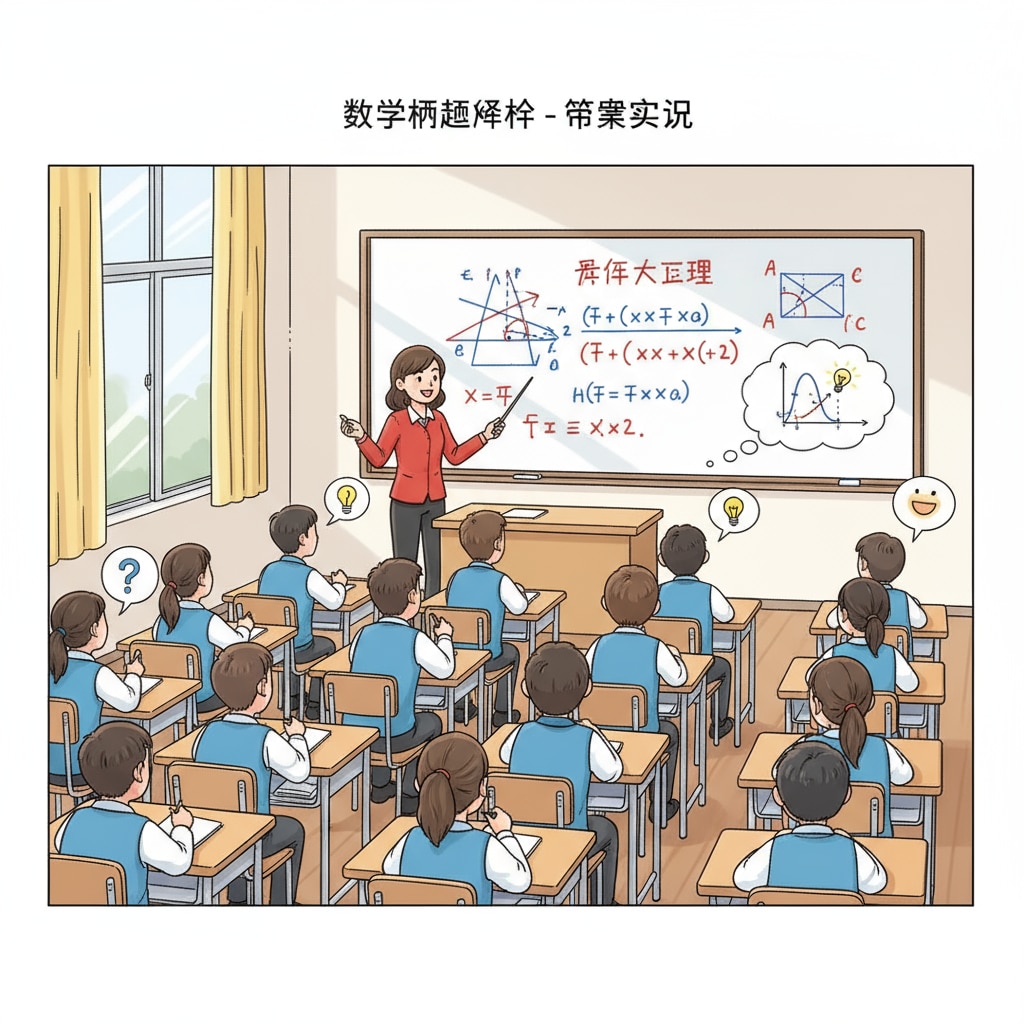The education systems in the United States and China, especially in the K12 realm, have distinct characteristics that significantly influence students’ learning experiences and future prospects. When discussing education systems, US education, Chinese education, and learning pressure, it’s crucial to understand the underlying differences.
Teaching Philosophies: Nurturing Individuality vs. Emphasizing Foundation
In the United States, the teaching philosophy often focuses on nurturing students’ individuality. Teachers encourage students to think independently, express their opinions freely, and explore their interests. For example, in art classes, students are given the freedom to create works based on their own ideas. According to Education in the United States on Wikipedia, this approach aims to cultivate well-rounded individuals with diverse skills and perspectives. On the other hand, Chinese education places a strong emphasis on building a solid foundation of knowledge. Teachers focus on teaching fundamental concepts and skills, ensuring students have a thorough understanding of subjects like mathematics and language arts. This approach helps students develop a strong academic base for future learning.

Curriculum Design: Breadth vs. Depth
The US K12 curriculum offers a wide range of subjects to provide students with a broad-based education. Besides core subjects, students can choose from various elective courses such as music, drama, and computer science. This allows them to explore different fields and discover their passions. As stated in Education in China on Britannica, in contrast, the Chinese curriculum is more focused on depth. Core subjects like Chinese, mathematics, and science are studied intensively to ensure students master the knowledge and skills required. For instance, in math classes, students spend a significant amount of time practicing complex problem-solving to enhance their mathematical abilities.

Assessment and Evaluation: Holistic vs. Exam-Oriented. In the US education system, assessment is often more holistic. It includes not only test scores but also factors like class participation, projects, and group work. This comprehensive evaluation method aims to measure students’ overall development. In China, the evaluation system is more exam-oriented. High-stakes exams like the Gaokao play a crucial role in determining students’ educational and career paths. This can create significant learning pressure on students as they strive to achieve high scores in these exams.
Readability guidance: By comparing these aspects of the US and Chinese education systems, we can see that each has its own strengths and challenges. The US system promotes individuality and a broad range of learning experiences, while the Chinese system builds a strong academic foundation. Understanding these differences can help educators and parents make more informed decisions about students’ education.


